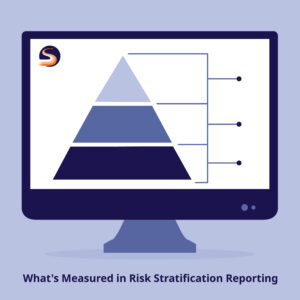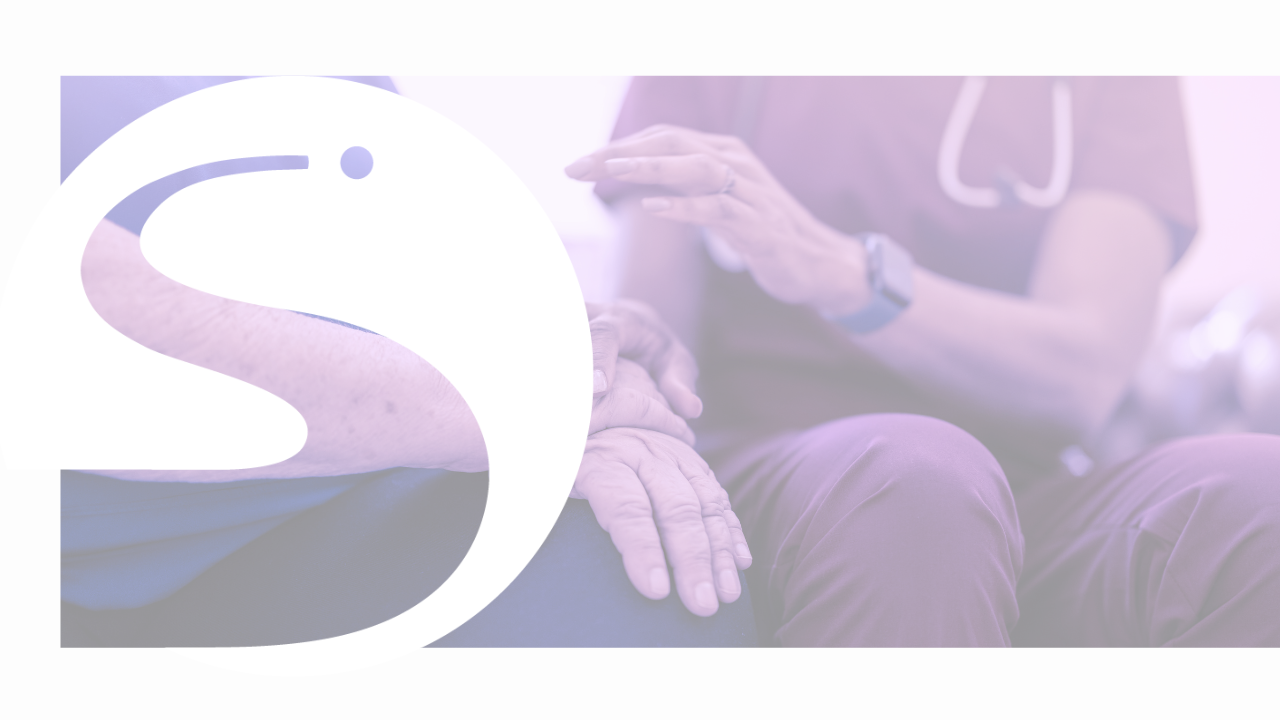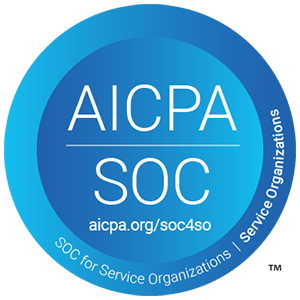 Identifying patient risk factors is the first step to improving patient outcomes, care experiences, and reducing the overall cost of care. Risk stratification is the key to improving population health. Sevida seeks to take risk stratification one step further, by identifying risks and providing next-best-step recommendations to providers so proper, preventative care can be expedited.
Identifying patient risk factors is the first step to improving patient outcomes, care experiences, and reducing the overall cost of care. Risk stratification is the key to improving population health. Sevida seeks to take risk stratification one step further, by identifying risks and providing next-best-step recommendations to providers so proper, preventative care can be expedited.
Understanding Risk Stratification:
If you’re reading this – you probably already know quite a bit about risk stratification and its benefits. Risk stratification is the process of categorizing patients based on their health risks, enabling healthcare providers to allocate resources efficiently and improve patient outcomes. At Leap Metrics, our risk stratification solutions are designed to empower healthcare professionals.
What’s Measured in Risk Stratification?
To gain a comprehensive understanding of what’s involved in risk stratification, let’s explore the key components highlighted on our website.
- Patient Demographics:
- Age, gender, and other demographic data provide essential baseline information for assessing a patient’s risk profile, as some health conditions may be more prevalent in specific demographics.
- Clinical Data:
- This encompasses a patient’s medical history, chronic conditions, recent diagnoses, and treatment plans. Clinical data plays a pivotal role in evaluating a patient’s current health status and potential future risks.
- Utilization Patterns:
- Analyzing healthcare utilization patterns sheds light on a patient’s frequency of hospital admissions, emergency room visits, or outpatient services. Frequent utilization may indicate higher risks.
- Socioeconomic Factors:
- Social determinants of health, such as income, education level, housing stability, and access to healthcare resources, are crucial considerations in risk stratification.
- Predictive Analytics:
- Harnessing the power of AI-driven predictive analytics, historical data is analyzed to forecast future health risks. Machine learning algorithms identify trends and patterns to support informed decision-making.
- Care Coordination:
- Effective risk stratification facilitates seamless care coordination. Healthcare teams can proactively engage with high-risk patients, ensuring they receive timely interventions and support.
- Cost of Care:
- Risk stratification can assess the potential cost of care for individual patients. By identifying high-cost patients, healthcare organizations can optimize resource allocation and budget planning.
Risk stratification is essential for providing personalized and proactive healthcare. At Leap Metrics, we are dedicated to advancing healthcare analytics and care management. Our AI-driven solutions maximize the potential of risk stratification to enhance patient outcomes and optimize healthcare resource efficiency.
Request a demo of Sevida to see how your organization can utilize risk stratification, quality measurement, billing efficiency analytics and more.

